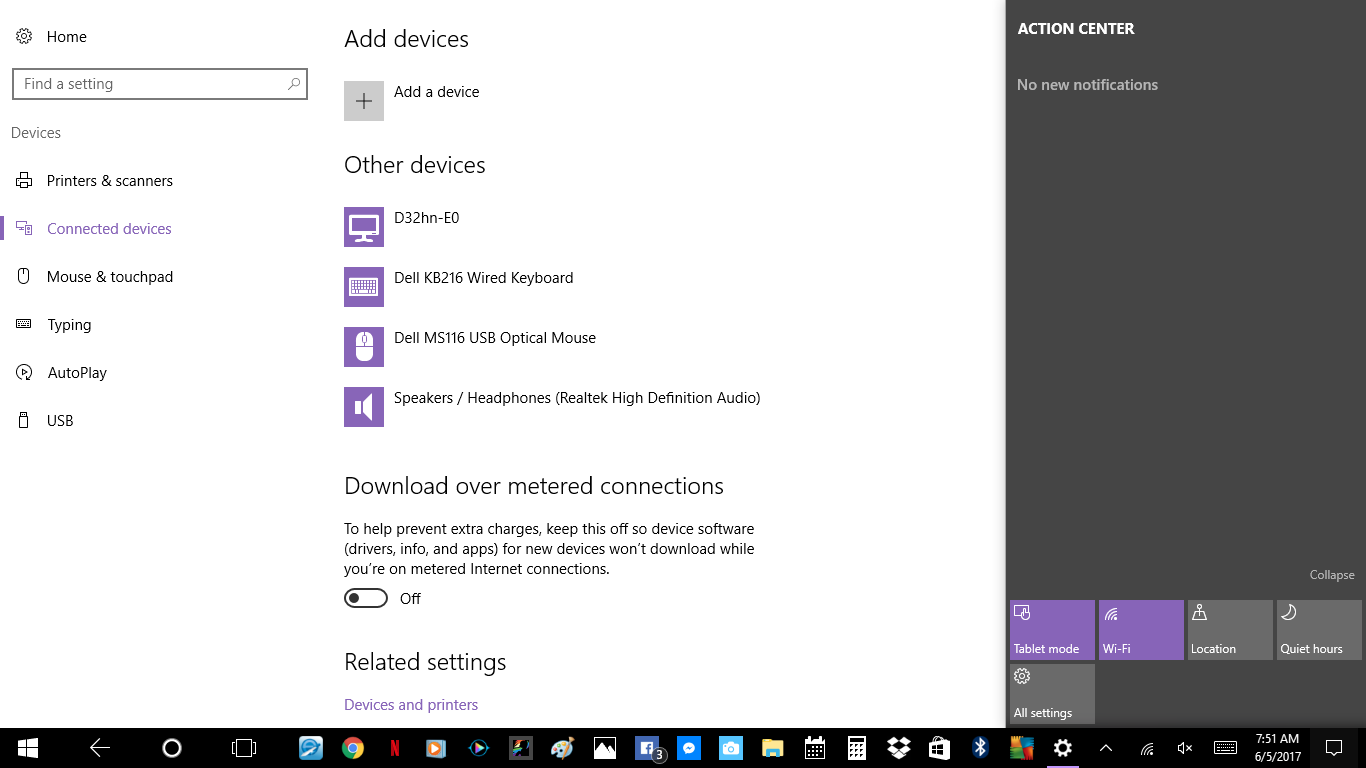

- #ODBC MANAGER NOT WORKING WINDOWS 10 DRIVERS#
- #ODBC MANAGER NOT WORKING WINDOWS 10 DRIVER#
- #ODBC MANAGER NOT WORKING WINDOWS 10 FOR WINDOWS 10#
- #ODBC MANAGER NOT WORKING WINDOWS 10 WINDOWS 10#
Double-click the icon labeled Data Sources (ODBC). Click Administrative Tools in the list of utilities. It may not be the same product brand that you have, however it is a generic problem that is encountered when using ODBC data source names. Click the Windows Start button and then click Control Panel.

Here is an article that may provide some additional details One letter wrong is all it takes for a DSN to be mismatched. It's also important to make sure the spelling of the DSN matches that of the configured DSN in the ODBC Administrator. Then when the 32-bit application attempts to connect using that DSN, "Data source not found." occurs. Where I see this tripping people up is when a user uses the default 64-bit ODBC Administrator to configure a DSN thinking it is for a 32-bit DSN. If you need to use the 32-bit ODBC Administrator tool on a 64-bit Windows system, you will need to run the one found here: C:\Windows\SysWOW64\odbcad32.exe However, on a 64-bit Windows machine, the default is the 64-bit version.
#ODBC MANAGER NOT WORKING WINDOWS 10 WINDOWS 10#
Its working in Windows 10 and WSL like a charm with the only issue that I cant connect different SQL instances on the same machine (I already posted an issue on pymssql on it). On 32-bit and 64-bit Windows, the default ODBC Administrator tool is in c:\Windows\System32\odbcad32.exe. It turned out, as of now I got pyodbc working on Ubuntu 16.04.1 and Windows 10 with Python 3.5.2 but not on WSL.
#ODBC MANAGER NOT WORKING WINDOWS 10 DRIVER#
If these do not match, it is possible to configure a DSN for a 32-bit driver and when you attempt to use that DSN in a 64-bit application, the DSN won't be found because the registry holds DSN information in different places depending on ELF (32-bit versus 64-bit).īe sure you are using the correct ODBC Administrator tool. In other words, you need a 32-bit driver for a 32-bit application or a 64-bit driver for a 64-bit application.
#ODBC MANAGER NOT WORKING WINDOWS 10 FOR WINDOWS 10#
For Windows 10 and Windows 2016, the location of the 32-bit and.
#ODBC MANAGER NOT WORKING WINDOWS 10 DRIVERS#
It is important that your ODBC driver's executable and linking format (ELF) is the same as your application. For ODBC Driver for Teradata, both 32-bit and 64-bit drivers can coexist on the same system. That error means that the Data Source Name (DSN) you are specifying in your connection configuration is not being found in the windows registry. Specify additional segments after the account locator.In reference to the error: Data source name not found and no default driver specified. The account uses a different cloud provider, you need to

If the account is in a different region or if Note that testodbc2 uses an account in the AWS US West (Oregon) region. Testodbc2 uses the account locator xy12345 as the account identifier. Testodbc1 uses an account identifier that uses anĪccount identifier that specifies the account myaccount in the organization The following example illustrates an odbc.ini file that configures two data sources that use different forms of an For details about the parameters that can be set for each DSN, see ODBC Configuration and Connection Parameters. Parameters are specified in the form of =. Any connection parameters you add to the DSN do not need to be specified in the ODBC connect string.Īny additional parameters, such as default role, database, and warehouse. ĭirectory path and name of the driver file, in the form of Driver = /opt/snowflake/snowflakeodbc/lib/universal/libSnowflake.dylib.Ĭonnection parameters, such as server and uid (user login name). If you are creating the first DSNįor the driver, you must manually create the odbc.ini file and add the entry to the file.ĭSN name and driver name (Snowflake), in the form of =. If a user or system DSN has already been created for the driver, add the new entry to the odbc.ini file that already exists in the corresponding directory for the type of DSN you are creating. Creating a DSN by Adding an Entry in the odbc.ini File ¶


 0 kommentar(er)
0 kommentar(er)
